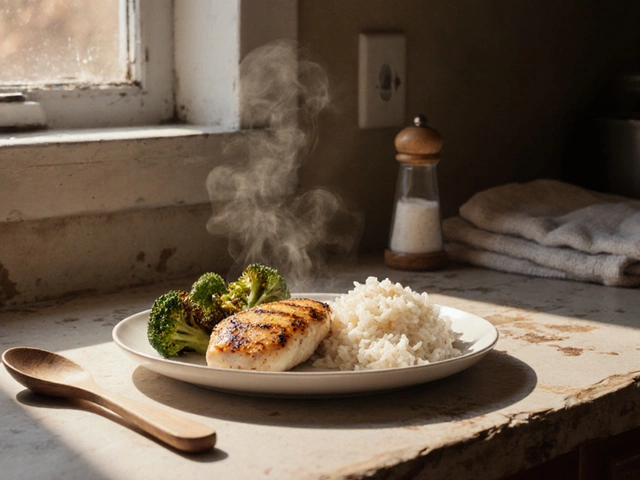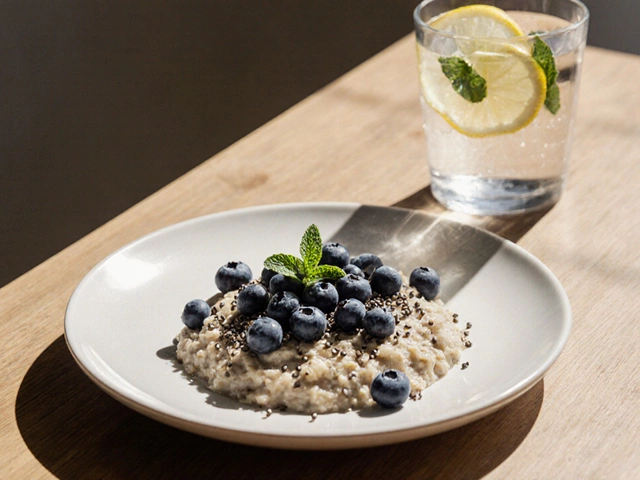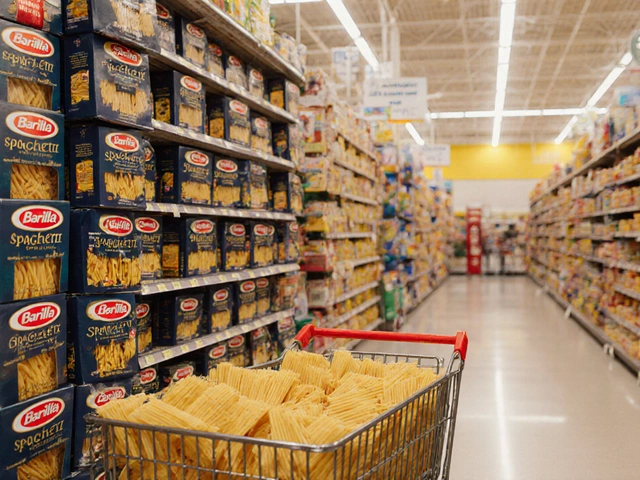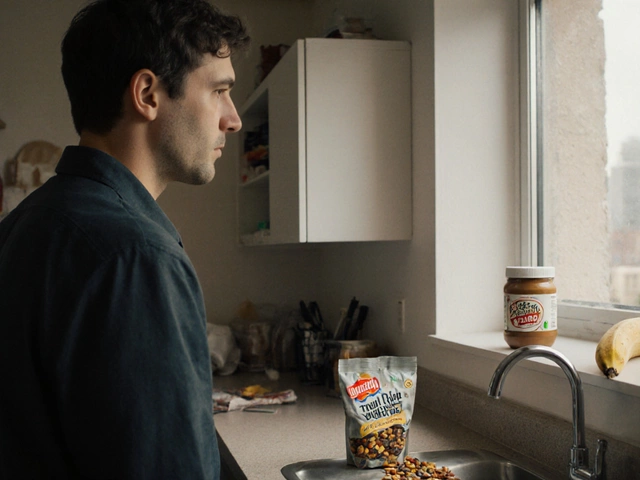Budget Cooking: Delicious Meals Without Breaking the Bank
If you think good food has to cost a lot, think again. With a few clever habits you can whip up tasty dishes that satisfy your belly and your wallet. Below are simple steps you can start using today, straight from our kitchen in Worcester.
Smart Shopping Strategies
First off, plan before you buy. Write a short list for the week, stick to it, and avoid impulse grabs. Look for sales on staple items like rice, lentils, beans, and frozen vegetables – they store well and form the base of many Indian and global dishes.
Buy in bulk when the price per unit drops. A big bag of onions or a sack of potatoes may seem pricey at checkout, but you’ll spend less per pound and have plenty for soups, curries, and side dishes.
Don’t overlook discount aisles and local markets. Fresh produce often costs less early in the morning, and you can bargain for a better price on herbs and spices. A pinch of Delhi’s signature garam masala can turn a simple lentil stew into a flavor bomb without adding extra cost.
Easy Low‑Cost Recipes
Now that you’ve stocked the pantry, let’s talk meals. One‑pot dishes are budget heroes because they use fewer ingredients and less energy. Try a chickpea and tomato curry: sauté onion, garlic, and a spoonful of ginger, add canned chickpeas, crushed tomatoes, a dash of cumin and coriander, then let it simmer. Serve over boiled rice – you have a filling dinner for under £2.
Another go‑to is a vegetable fried rice. Use leftover rice, toss in frozen peas, diced carrots, and an egg if you like. A splash of soy sauce and a sprinkle of chili flakes give it a punch without needing fancy sauces.
For a protein boost on a shoestring, cook dried beans in a pressure cooker. Once soft, mix with a quick mustard seed tempering and you’ve got a hearty dal ready in minutes. Pair it with flatbread made from whole‑wheat flour for a complete meal.
When you need to stretch a recipe, add bulk‑up ingredients like shredded cabbage or grated zucchini. They almost disappear in the cooking process but add volume and nutrients.
Finally, use leftovers creatively. Yesterday’s roasted veg can become today’s soup, and today’s chicken skin can crisp up as a topping for salads. Turning leftovers into new dishes reduces waste and saves money.
With these habits you’ll notice the grocery bill shrink while your meal variety grows. The key is to keep flavor front and center – a good spice blend does more for taste than a pricey ingredient ever could.
Start small, pick one tip, and watch how quickly your kitchen becomes both tasty and thrifty. Happy cooking on a budget!

Plan a Low-Cost Family Meal with Ease
by Landon Weathers / 14 Mar 2025Planning meals on a budget doesn't have to mean sacrificing taste or variety. This article offers practical tips on whipping up delicious, low-cost family meals without stress. Discover how to effectively shop smart, utilize leftovers, and choose affordable ingredients while still keeping everyone at the table satisfied.




